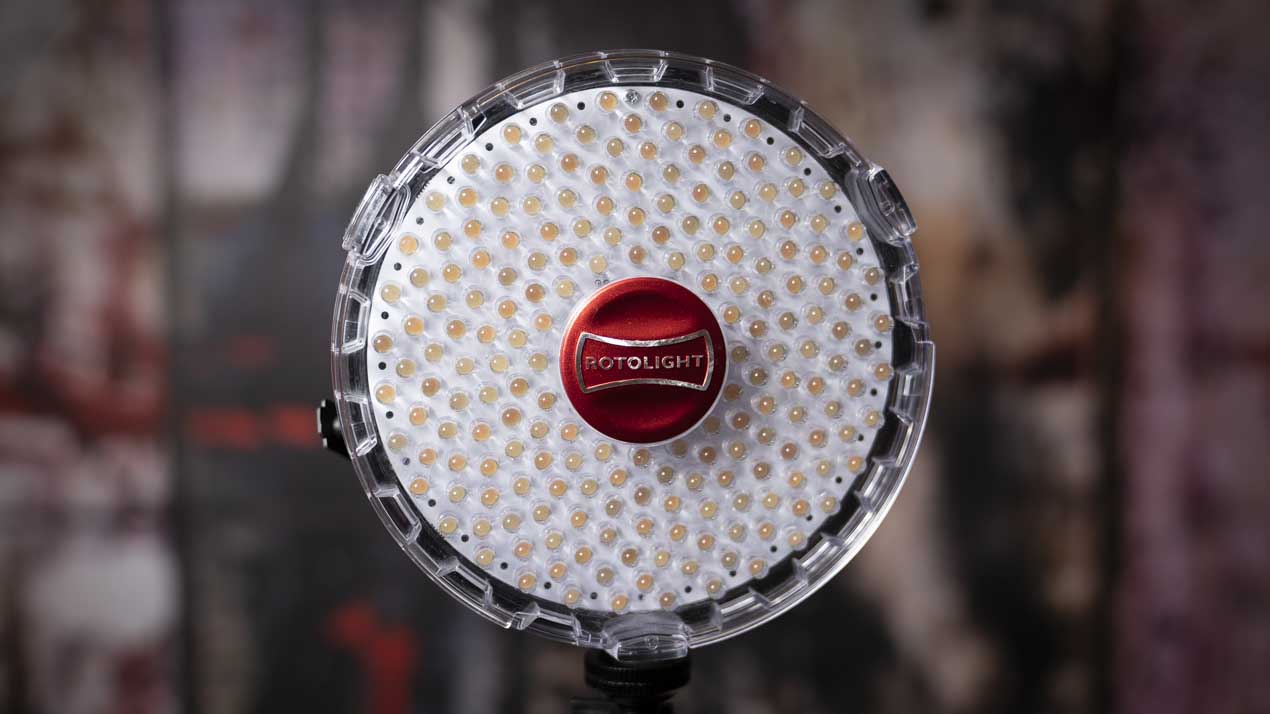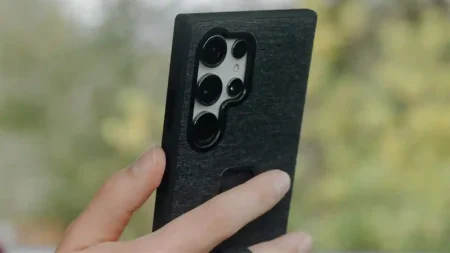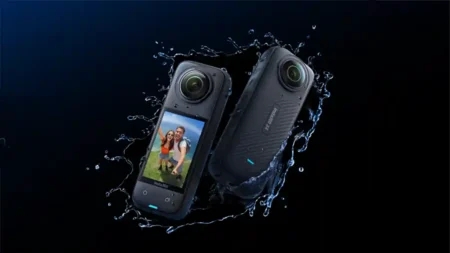The Rotolight Neo 2 is a LED light, however, as well as being able to use it as a constant light, it can be used as a flash. And not just any old flash, it can be used in high-speed sync (HSS) mode to sync with shutter speeds of up to 1/8000 sec with no recycling time.
If you want the HSS functionality, you’ll need a wireless trigger like the Rotolight HSS Transmitter by Elinchrom. This is available for Canon, Nikon, Sony, Olympus/Panasonic and Fujifilm cameras. The transmitter links to the Skyport receiver that’s built-in the Neo 2. Some third-party transmitters are also compatible, but they don’t enable some of the remote control that the Rotolight unit does.
Helpfully, the Neo 2 also has a 3.5mm sync port. This means you can also use a cable connection to your camera, however, the shutter speed is limited to the camera’s standard sync speed. Typically, that’s up to a maximum of 1/250sec.
Of course, many people are more interested in the Rotolight Neo 2’s constant light capability. This is especially useful with mirrorless cameras because their live-view-enabled electronic viewfinder lets you see the image as it will be captured.
Also, the Neo 2 is small and light enough to be mounted in the camera’s hotshoe, which is ideal for video.
Conveniently, the Neo 2 is a bicolour light so you can adjust the colour range between 3150K and 6300K to suit the conditions.
In addition, the Neo 2 has a Cinesfx mode that creates lighting effects to replicate things such as fire, lightning, gunshots and a television flickering. They’re useful for setting a scene in a video.
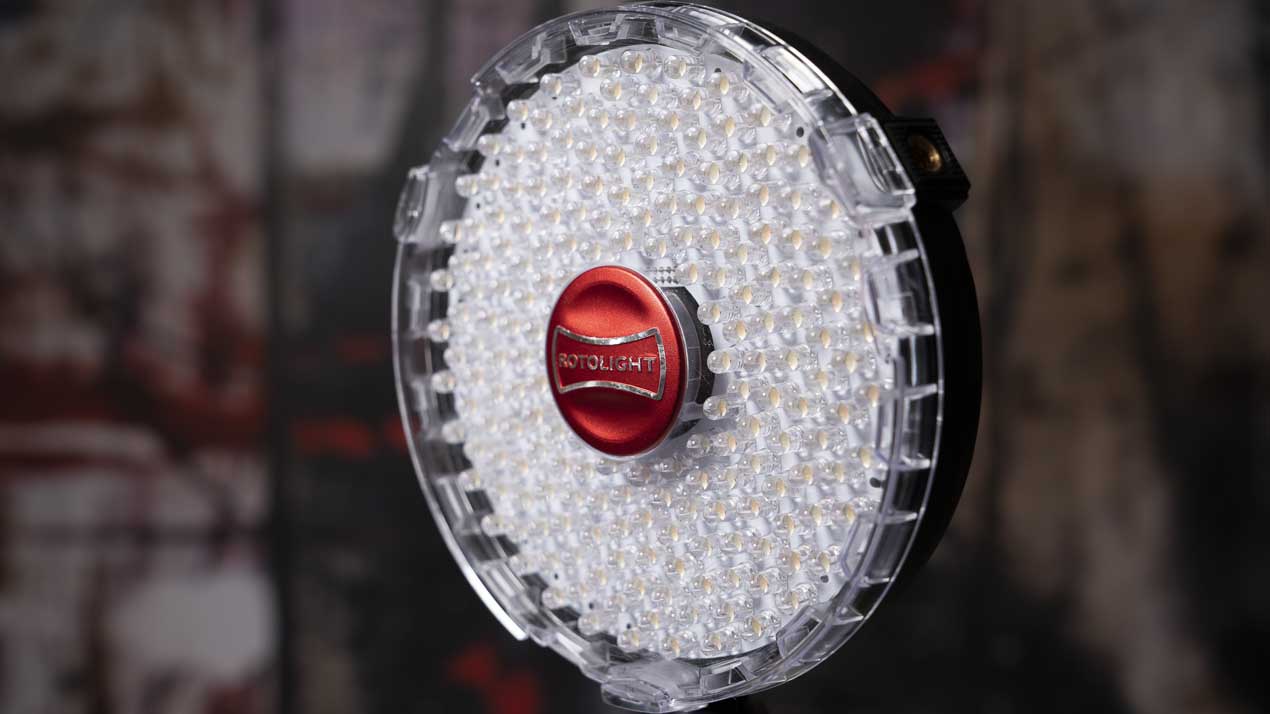
Maximising the Output
Using a colour setting of 4110K sets both types of LED to their maximum level and produces the maximum brightness.
In continuous mode, the maximum output is 2000 lux at 0.9m (3ft).
Shooting in flash mode boosts the Neo 2’s output by 500% when its powered by a mains supply. Using batteries (six AA NiMh or Li-ion batteries) sees a 250% increase in power compared with it in constant light mode.
In flash mode and with mains power, it can enable f/8 to be used at ISO 200 when it’s 0.9m from the subject. That’s equivalent to a Guide Number of 24 at ISO 200.
It means that the Neo 2 isn’t suited to blasting out strong sunshine, but it’s usually fine for portraits in lower light conditions.
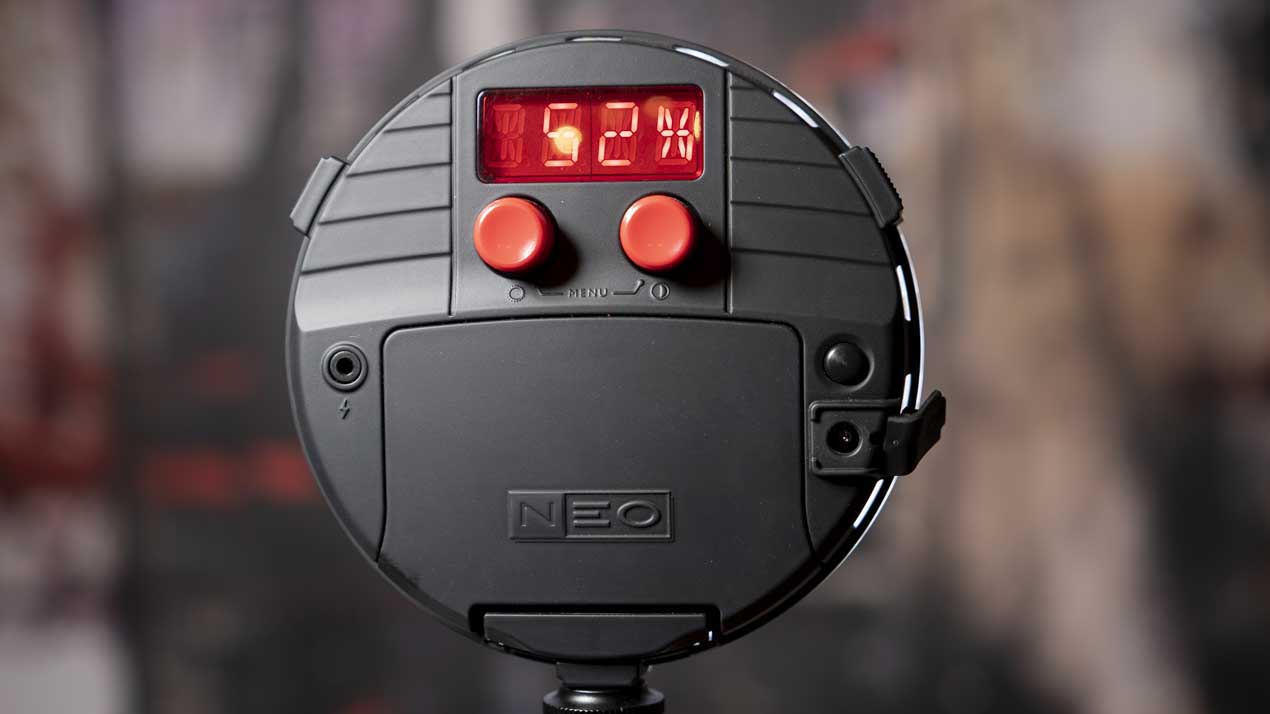
Build and Handling
While it doesn’t feel quite as robust as the Aeos, the Neo 2 is a pretty solid-feeling unit. The only aspect that really lets it down is the filter holder. This is very quick and easy to use because you just lie the filter over the light, then pop on the transparent holder and twist to lock it under bayonet lugs.
The problem is that the holder is very easily removed accidentally. It seems like every time I grab the Neo 2, I manage to remove the holder and the filter wafts to the floor. The solution is simple, a little bit of sticky tape, but it’s not very elegant.
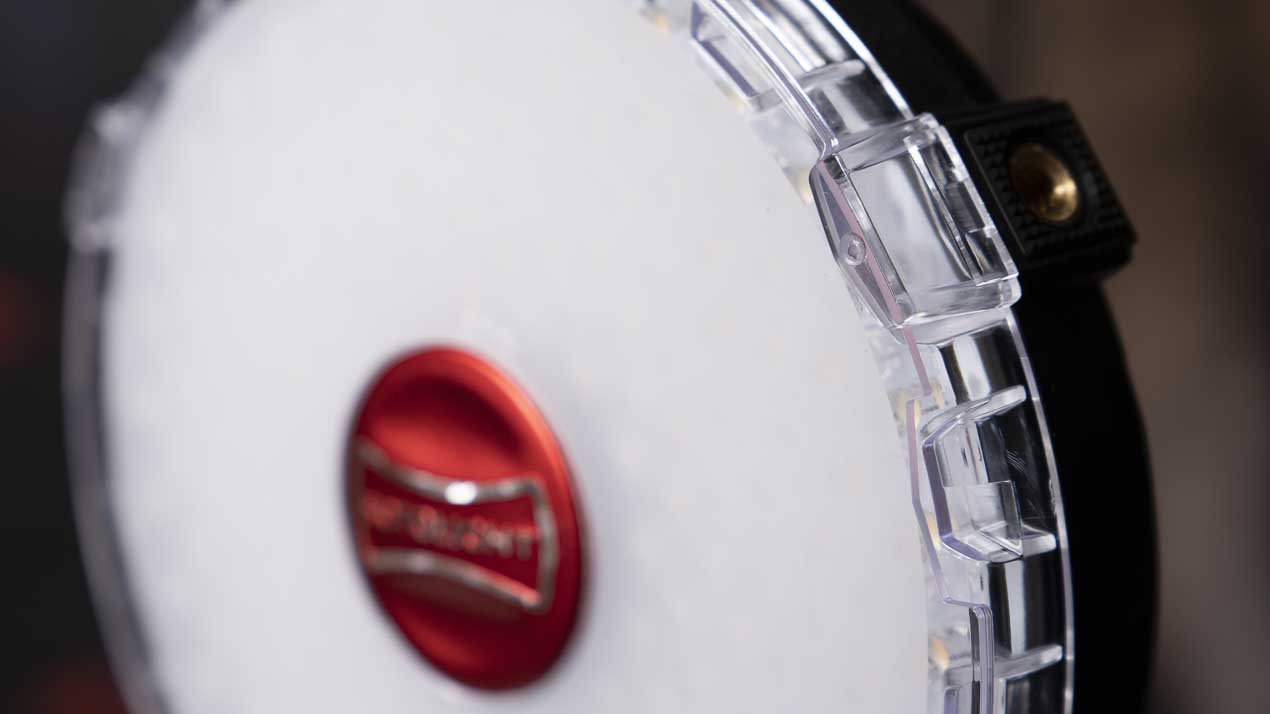
Aside from the power button, there are only two controls on the Neo 2. These are knobs that can be pressed and rotated.
A simple red display shows the feature or setting.
Taking Control
The basic controls are very easy to use, you use the left knob to adjust the brightness of the output and the right one to adjust the colour temperature.
Other features are accessed by pressing and then rotating the knobs. You simply push both knobs together to access the main menu.
The knobs are plastic rather than metal like on the more powerful Rotolight Aeos. And while their quality consequently feels lower, they work perfectly well.
It takes a little while to get used to navigating the menu system to access the more advanced features. But after a while, you’ll find you can reach the ones you need quite quickly.
A simple hotshoe adaptor is used to mount the Neo 2 on a camera. However, a ball head or something similar is useful if you want to use it anywhere else. The hotshoe adaptor has no flexibility, it just holds the Neo 2 upright. A ballhead allows you to angle to light towards the subject.

Performance
I’ve mainly used the Neo 2 in constant mode, either for shooting product images or video. It’s great for lifting a video, adding light to gloomy areas for example or putting a bit of sparkle in the subject’s eyes.
It’s also useful for product shots because there’s no faffing about checking output levels, you just set-up the lights so the illumination falls where you want it and then set the exposure on the camera as you would normally.
Highlights and reflections are always an issue with shiny objects and although the Neo 2 naturally produces quite soft light, you need to look out for small highlights arranged in a ring. Rotolight supplies a 216 Full Diffuser and a 250 Medium, Half White Diffuser, which help deal with the problem, but inevitably they cut out 1.5Ev and 3/4Ev of light respectively. In some instances, the only solution is to keep tweaking the angles to find one that cuts the reflection.
Having a constant source of light gives another solution to some lighting problems. For example, I sometimes use quite a long exposure, say a second or two and then move the light while the shutter is open. The small, light Neo 2 lends itself to this very well and it means that you can soften shadows in deep recesses or reduce the harshness of a highlight. It can also add a bit of movement to a stationary scene in a video.
Verdict
The Rotolight Neo 2 is convenient and easy to use. What’s more, its colour accuracy is good and you don’t find it drifting during a shoot. It’s the same with the brightness, it stays at the set value and there’s no flickering evident in video.
It’s not as powerful as the average flashgun, but the Neo 2 is versatile and constant light is easier to work with.
Ideally, I’d like a better way to fix the filters in place, but it’s not a deal breaker. The display also seems a bit old school, but it does the job. These are only minor complaints, however. I like the Neo 2 enough to have bought a couple and they get plenty of use.
Rotolight recommends that you use its 2700mha Lionheart AA NiMH batteries for powering the Neo 2 Although their pricy, they’ve given me no reason to regret the purchase. It means the lights are completely portable and can be used outside for up to 85,000 flashes at full power, or 1.5 hours in continuous mode at maximum power.
